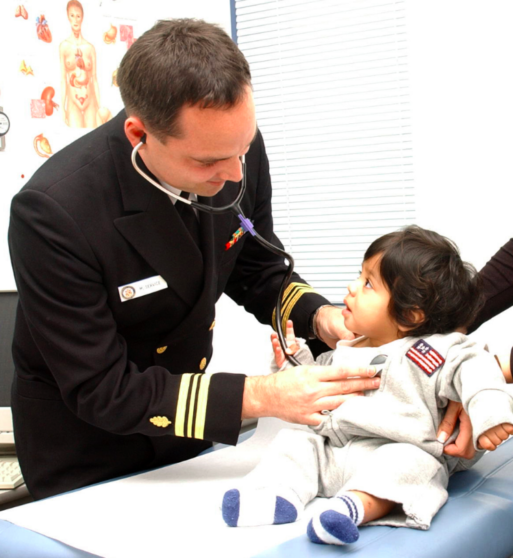The percentage of male nurses nationwide has tripled in the last 40 years. This steady increase from 3.9 to 8.1 percent not only benefits quality healthcare, but the economy and culture as well.

Not until the 1960s did the nursing field begin trying to better reflect its patients
in terms of both gender and race
Surprising History
Modern society has been slow to let go of the notion that nursing is women’s work even though historically, that just wasn’t so. In ancient Rome, men were thought to be the only ones “pure” enough to serve as nurses.
Men filled military and religious nursing roles through the early settlements of North America. Women didn’t step into nursing positions in major cities until the Civil War directed men to the battlefield, where male nurses tended wounded and sick soldiers. Through the second half of the 19th century, men were assigned nursing jobs that required physical strength and bravery, like caring for patients during a dangerous epidemic.
It wasn’t until the turn of the century that the gender roles shifted. When the Army Nurse Corps was formed in 1901, military nursing changed from being predominately male to exclusively female. During World War I and World War II, women were offered tuition, room, board, uniforms and a stipend to attend nursing school in an attempt to alleviate a national shortage. Men weren’t even allowed to apply. In fact, some state-supported schools didn’t allow men until the early 1980s.
High Demand, Security and Pay
Now the demand for nurses — male and female — is at an all time high as Baby Boomers (who represent almost 25 percent of the population) require more care in their senior years and healthcare options increase. The American Assembly for Men in Nursing is currently running a campaign to see an additional 20 percent increase in male nurses in the United States by the year 2020. Besides hospital settings, the job opportunities continue to grow in long-term care facilities, insurance companies and leadership and technology sectors.
Any outdated stigma against males choosing nursing as a career quickly dissipates when job-seekers consider the variety of well-paying nursing jobs that require the human touch. That human factor, so important in nursing, is not necessarily a prerequisite in the U.S. general employment market, where 38 percent of jobs are at high risk of being replaced by robots and artificial intelligence over the next 15 years. The risk factor increases to 61 percent in the field of finance.
According to the New York Times, nursing wages have increased steadily since 1980. The median salary is $68,450, about the same as the median salary for college-educated workers overall. In addition, the Bureau of Labor Statistics estimates a 36 percent increase, or 56,000 additional nurse practitioner positions, through 2026. In May 2016, the median annual salary of nurse practitioners was $100,910.

Credit: U.S. Air Force /Tech. Sgt. D. Clare
Improved Care
Along with growing numbers, there is a growing understanding that men have an important role to play in the nursing field. It is not a question of who makes the better healthcare worker — men or women. Healthcare is improved as male nurses become more visible in healthcare settings because their presence better reflects the American population of patients. “It’s important that nursing diversification mirror what is happening in our population,” says Christopher Kowal, R.N., adjunct professor of nursing at American Sentinel University. “Men provide unique perspectives and skills that are important to the profession and reflect the quality of care delivered.”
Pay Equality Becomes Next Issue
A recent study indicated male nurses actually earn more than female nurses. The income gap is not as large as it is within some other occupations, but female nurses earn 91 cents for every dollar earned by their male counterparts. On a yearly basis, that’s $60,700 salary for male nurses compared to $51,100 for female nurses. A special commentary on the pay inequity by nurse historian Jean C. Whelan appears here .

 The Number of Male Nurses Is Rising
The Number of Male Nurses Is Rising




 Composting Bodies Is Now Legal in a Dozen States
Composting Bodies Is Now Legal in a Dozen States














